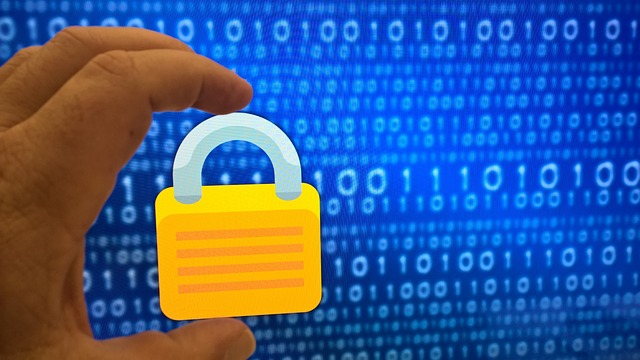Implementing anonymization in resource-sharing platforms
Anonymization can help people share resources in neighborhoods and communities while protecting privacy and encouraging participation. Implementing effective anonymization requires balancing user consent, moderation, accessibility, and governance so platforms remain safe, inclusive, and trustworthy for diverse participants.

Implementing anonymization in resource-sharing platforms
Anonymization on resource-sharing platforms aims to reduce the exposure of personal data while preserving the ability to coordinate, trust, and equitable access to resources. Thoughtful anonymization protects privacy and consent without undermining community moderation, participation, or transparency. This article outlines practical measures and design considerations that platform operators and community organizers can use to implement anonymization in ways that support inclusion, safety, and good governance.
How can platforms protect privacy and consent while handling data?
Protecting privacy starts with data minimization: collect only what is strictly required for a transaction or interaction. Implement granular consent flows where users can opt in or out of identifiable features, and document how long any non-anonymized data will be retained. Use techniques such as pseudonymization, aggregation, and differential privacy for analytics so insights can be derived without exposing individual records. Clear privacy notices and simple interfaces for consent management help users understand trade-offs and exercise control over their personal information.
How does anonymity affect trust, community, and participation?
Anonymity can lower barriers to participation by reducing fear of stigma or retaliation, which may increase community engagement. At the same time, fully anonymous interactions can erode accountability and make it harder to establish trust among neighbors or members. Hybrid approaches, such as reputation scores tied to pseudonyms or verified-but-hidden identities, can preserve anonymity while enabling trust signals. Designing systems that encourage consistent pseudonymous participation fosters community bonds without requiring full exposure of personal identity.
What moderation and safety practices balance anonymity and protection?
Moderation should be adapted to anonymized contexts: rely on behavior-based signals, community reporting, and automated detection for harmful patterns rather than identity checks alone. Create escalation paths that allow moderators to request additional verification when there is a credible safety concern, with clear thresholds and privacy-preserving logging. Transparency about moderation policies and appeal processes helps maintain trust. Trainings and tooling for moderators should emphasize fairness, reduce bias, and respect users’ privacy choices while keeping spaces safe.
How can governance, transparency, and decentralization support anonymized platforms?
Strong governance defines who can access different types of data, how decisions are made, and how accountability is enforced. Publish transparent policies about anonymization methods, data retention, and audit practices. Consider decentralized governance models — such as community councils or federated moderation — to distribute decision-making and avoid single points of control. Where decentralization is used, ensure mechanisms exist to protect privacy at every layer, and document how transparency is balanced with the need to keep certain metadata confidential for safety.
How to ensure inclusion, accessibility, and equity when anonymity is implemented?
Design anonymization features with diverse users in mind: include language options, accessible consent flows, and alternatives for users with limited digital literacy. Evaluate how anonymization affects different groups; marginalized users may rely on anonymity for safety, while others may need identity cues to access certain services. Monitor outcomes across demographic lines to detect disparities in access to resources. Equity-oriented design ensures that anonymization does not inadvertently lock out users or concentrate benefits among those with greater technical resources.
How should onboarding, resource access, and consent be structured for safe participation?
Onboarding should explain what anonymity means on the platform and the practical implications for resource access and dispute resolution. Use progressive profiles: start with minimal data, then allow voluntary, incremental verification for users who want expanded privileges (for example, hosting shared items). Make consent revocable and provide clear controls for deleting or anonymizing past activity. Resource allocation policies should clarify how anonymous users can request or offer items, and how conflicts will be resolved while respecting users’ privacy choices.
In summary, anonymization in resource-sharing platforms is not a single feature but a collection of design decisions spanning data practices, moderation, governance, and user experience. Combining privacy-preserving techniques with transparent policies, inclusive onboarding, and adaptive moderation can maintain both safety and participation. Platforms that regularly evaluate impacts, engage communities in governance, and iterate on anonymization strategies are better positioned to support equitable, trustworthy sharing of resources across neighborhoods and networks.





